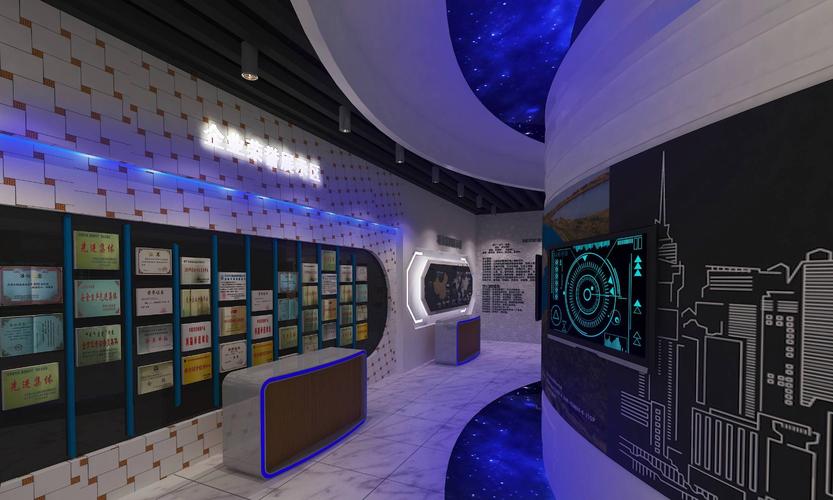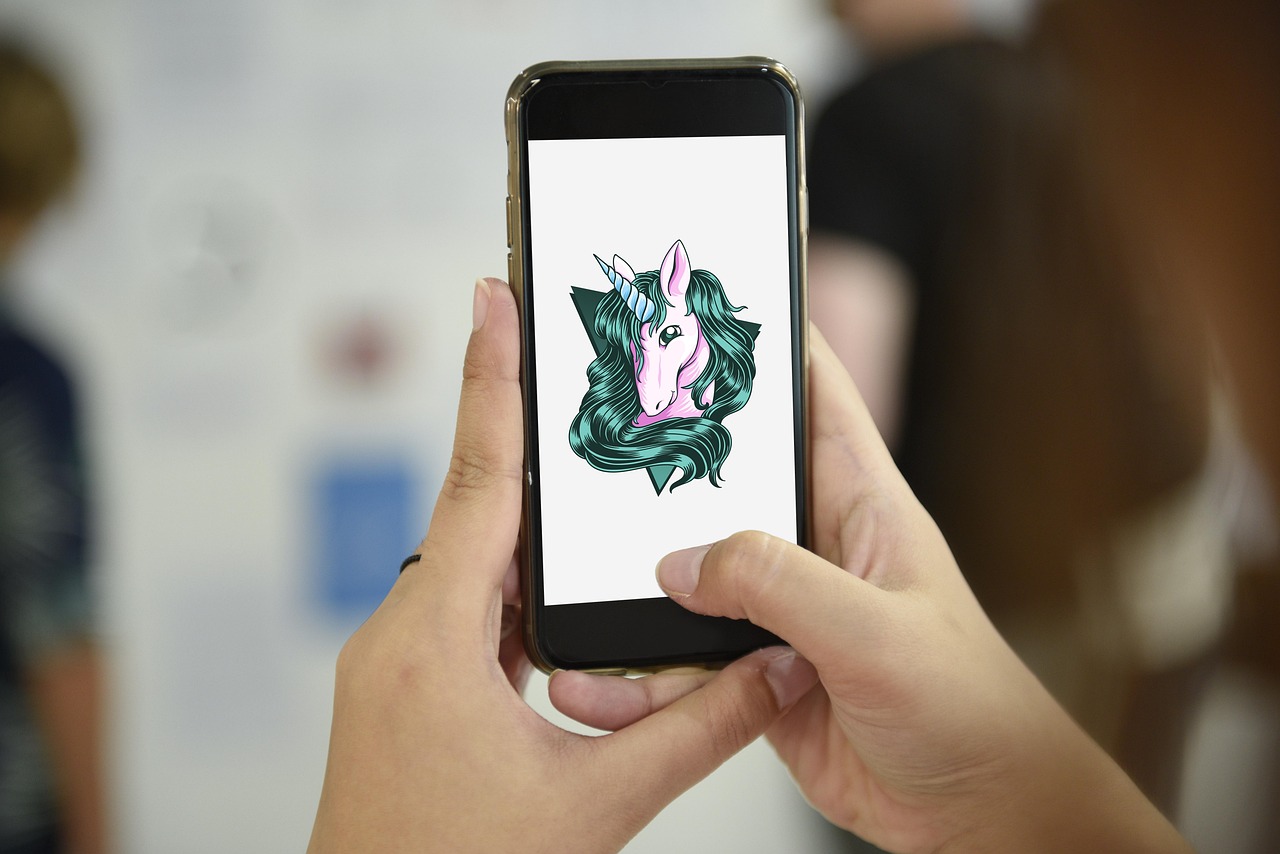Title: Crafting Innovative Technology Design Solutions
In the realm of technology design, the convergence of creativity, functionality, and feasibility forms the cornerstone of successful solutions. Whether it's envisioning the next breakthrough gadget, refining user interfaces, or optimizing industrial processes, a robust design approach is essential. Let's explore the key elements and steps involved in crafting innovative technology design solutions:
Understanding the Problem:
Every design journey begins with a deep understanding of the problem at hand. Conducting thorough research, gathering user feedback, and analyzing market trends are crucial steps in this phase. By empathizing with endusers and stakeholders, designers can uncover insights that guide the creation of meaningful solutions.

Ideation and Conceptualization:
Ideation is where creativity flourishes. Brainstorming sessions, sketching, and prototyping help generate a multitude of ideas. Embracing divergent thinking encourages the exploration of unconventional concepts. During conceptualization, designers refine these ideas, considering factors like technical feasibility, user experience, and scalability.
UserCentric Design:
At the heart of every successful technology solution lies usercentric design. Prioritizing usability and accessibility ensures that products resonate with their intended audience. Techniques such as user personas, journey mapping, and usability testing help designers tailor experiences that address user needs and preferences.
Iterative Prototyping:
Prototyping serves as a tangible manifestation of ideas, allowing designers to gather feedback and iterate rapidly. From lowfidelity wireframes to highfidelity prototypes, each iteration brings the solution closer to realization. Embracing an iterative approach minimizes risks and refines the design based on user insights and technical constraints.
Integration of Emerging Technologies:
Innovation often stems from the integration of emerging technologies. Whether it's artificial intelligence, Internet of Things (IoT), or augmented reality, leveraging cuttingedge tools expands the realm of possibilities. Designers must stay abreast of technological advancements and explore how they can be harnessed to enhance user experiences and optimize functionality.
Sustainability and Ethical Considerations:
In an increasingly conscious world, sustainability and ethics are integral to design considerations. Minimizing environmental impact, ensuring data privacy, and promoting inclusivity are paramount. Design solutions should align with ethical principles, contributing positively to society while mitigating potential harm.
Collaboration and CrossDisciplinary Integration:
Effective technology design often involves collaboration across diverse disciplines. Engineers, designers, marketers, and domain experts bring unique perspectives to the table. Embracing interdisciplinary collaboration fosters innovation and ensures holistic solutions that address multifaceted challenges.
Testing and Validation:
Testing is the litmus test for design effectiveness. Through usability testing, A/B testing, and realworld simulations, designers validate assumptions and refine the solution iteratively. Feedback from endusers and stakeholders provides valuable insights for optimization and finetuning.
Continuous Improvement:
The journey of technology design is perpetual, driven by a commitment to continuous improvement. Monitoring user feedback, tracking performance metrics, and staying attuned to market dynamics enable designers to evolve their solutions over time. Embracing agility and adaptability ensures that designs remain relevant and competitive in a rapidly evolving landscape.
Conclusion:
In the dynamic realm of technology design, innovation thrives at the intersection of creativity, empathy, and ingenuity. By embracing usercentricity, leveraging emerging technologies, and upholding ethical standards, designers can craft solutions that not only meet user needs but also inspire and enrich lives. Through iterative refinement and a commitment to continuous improvement, the quest for innovation in technology design becomes a journey of perpetual discovery and transformation.











